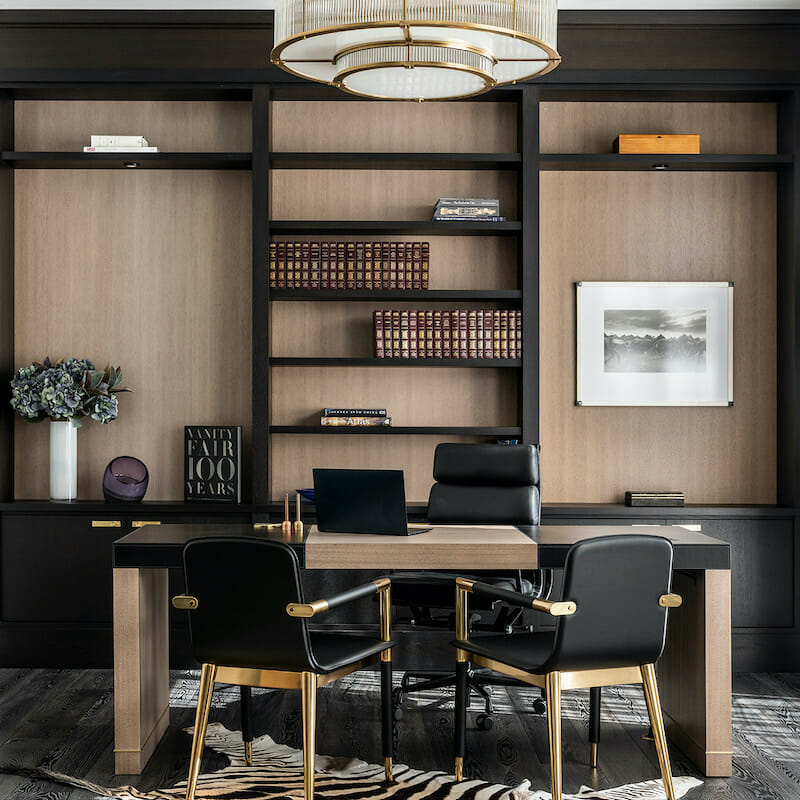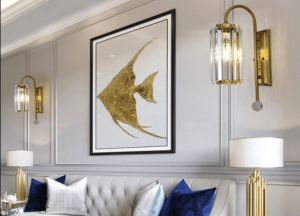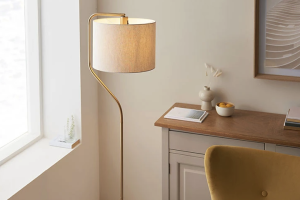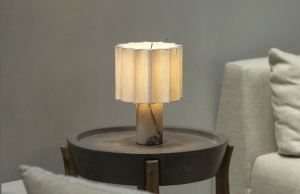Introduction
Adding a wrought iron chandelier to your home is a beautiful and practical way to enhance its interior decor. These chandeliers are crafted by artisans, and the intricate designs showcase their craftsmanship. The design and elegance of a wrought iron chandelier adds a new dimension of style and elegance to any home.
What is a Wrought Iron Chandelier?
Wrought iron chandeliers are lighting fixtures made from wrought iron material. Wrought iron is a highly malleable and ductile metal that can be bent into various shapes and designs without cracking or breaking. It is a form of iron that has been heated and beaten into shape by skilled craftsmen. They are known for their durability, versatility, and style. They produce a warm ambiance in any room, and can easily blend with any decor.
Benefits of Using Wrought Iron Chandeliers
There are numerous benefits to using wrought iron chandeliers including:
1. Durability
Wrought iron chandeliers are highly durable, and their strength makes them long-lasting. This means that they do not break or wear quickly like plastic fixtures or many other types of lighting.
2. Easy Maintenance
Wrought iron chandeliers are easy to clean and maintain. The material is resistant to dust and dirt, and it generally does not rust or corrode. A simple cleaning with a dusting cloth is often sufficient to keep them looking new and vibrant.
3. Versatility in Design
Wrought iron chandeliers come in a range of designs that can be adapted to match any interior decor. From classic, antique looks to modern designs, and simple or eclectic mixes, wrought iron chandeliers have great versatility. Their versatility also makes them easy to blend with almost any decor in any room.
4. Eco-Friendly
Wrought iron is a sustainable metal, and using it in the making of chandeliers makes it eco-friendly. This means that the use of wrought iron chandeliers contributes to environmental protection and preservation.
Styles of Wrought Iron Chandeliers
Wrought iron chandeliers come in a variety of styles to suit every taste and interior decor style. Some of the most popular styles include:
1. Rustic Style
Rustic style wrought iron chandeliers are designed with a classic or antique feel. These chandeliers are often bulky but still add warmth and charm to any room. They are perfect for homes with country, French, or English decor.
2. Modern Style
Modern wrought iron chandeliers are sleek, simple, and elegant. They are designed with an accentuated artistic approach, and their clean lines make them perfect for modern interior decor.
3. Ornate Style
Ornate wrought iron chandeliers are intricately designed and exhibit detailed craftsmanship from the maker. They often feature unique designs, carvings, and sometimes have embellishments like crystals or beads.
Where to Use Wrought Iron Chandeliers
Wrought iron chandeliers can be used in almost all rooms of the house, including:
1. The Dining Room
A wrought iron chandelier in the dining room creates a warm and inviting atmosphere. It provides a soft, dim light that is perfect for dinners and family gatherings.
2. The Living Room
Wrought iron chandeliers are perfect as centerpieces in living rooms. They add charm and grandeur, making your living room look elegant and stylish.
3. The Bedroom
Wrought iron chandeliers can be suspended in bedrooms, providing soft, dim light perfect for sleeping. It adds beauty to the room’s decor and creates a warm and inviting atmosphere.
Wrought iron chandeliers add beauty, elegance, and warmth to your home. Their durability and versatility make them great investments as they will last a lifetime. Whether used in the dining room, living room, or bedroom, wrought iron chandeliers always stand out and people take notice. They are a timeless piece of art that will continue to add charm and value to your home for many years to come.






More Stories
Cozy Lighting: Soft Wool Felt Lampshade Floor Lamp
Enhance Your Study Space with a Bright Table Lamp
Enhance Your Study Space with the Perfect Table Lamp